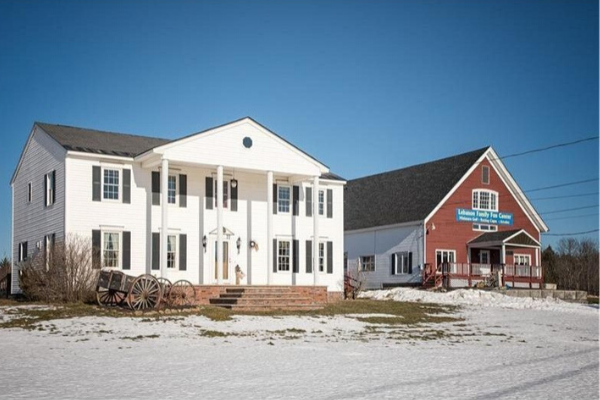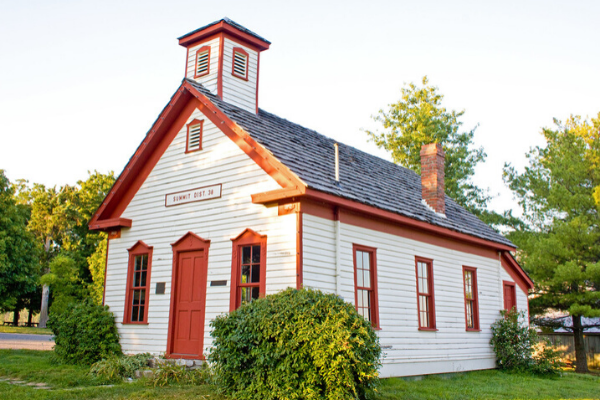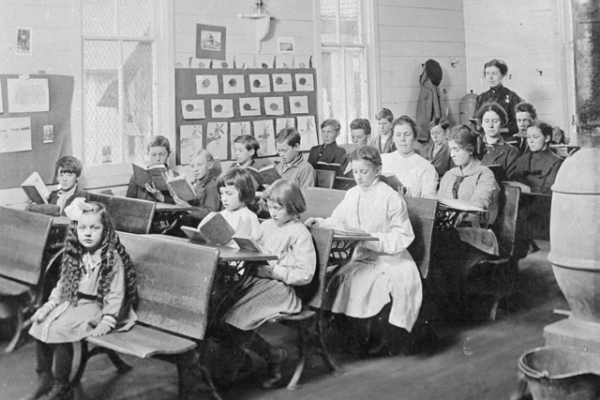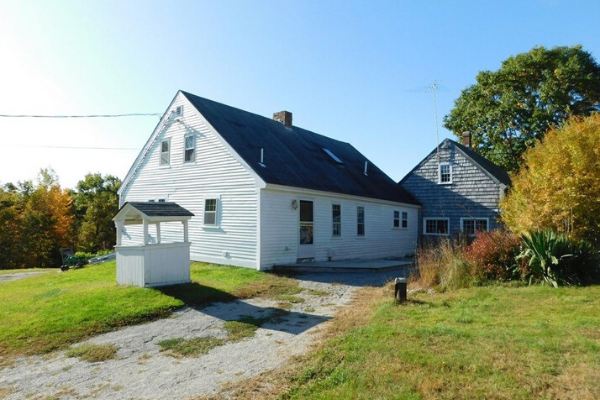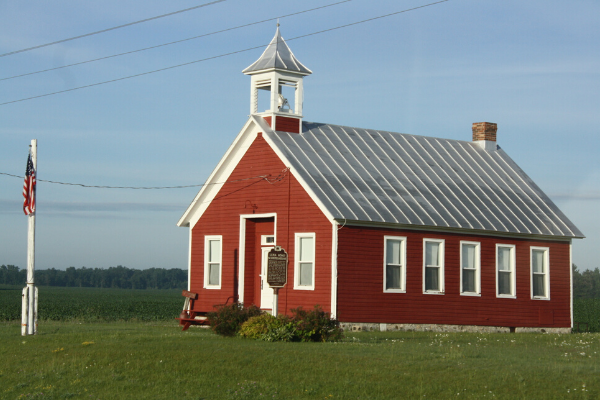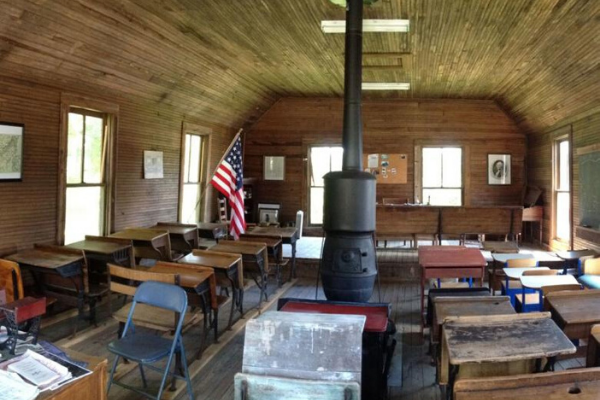One Room Schoolhouse
For centuries in America, children received formal education in single, one-room schoolhouses from teachers who managed all different ages and grades simultaneously. Not only did it work--it worked very well. The emphasis is on individual and group learning, as well as collaboration and peer support. Today, there is a renaissance taking place in this space, with Alethia Christian College in Idaho helping to train leaders to create one-room schools using the highly acclaimed, Christ-centered "Principle Approach." Public School Exit whole-heartedly supports these efforts.
What is a One Room Schoolhouse?
This is a historical term for a single classroom or building that houses all students, regardless of age or grade. In this method there is usually one trained teacher who can handle multiple grades. This teacher gives personal instruction is a smaller environment which helps to emphasizes the students individual learning style and integrates them into group learning. There is also collaboration among the students and peer support from the older students assisting the younger ones.
A one-room schoolhouse is a historical educational model prevalent in rural areas worldwide and making a comeback in modern America and worldview. Here's a breakdown of the key features and what makes this the wave of the future.
Single Room, All Students: Unlike contemporary schools with separate classrooms for different grades, one-room schoolhouses had just one room where all students, regardless of age or grade, learn together.
One Teacher, Multiple Grades: A single, trained teacher manages the education of all students. This requires versatility and strong pedagogical skills to cater to diverse learning needs and age groups.
Personalized Instruction: Smaller class sizes allow for individual instruction and catering to individual learning styles. The teacher can easily adjust their approach to fit each student's needs and pace.
Group Learning and Integration: Younger students benefit from observing and interacting with older peers, fostering a sense of community and collaborative learning. Older students could reinforce their own knowledge by assisting younger ones, promoting leadership and peer support.
Monitorial System: This system, popularized by Joseph Lancaster in the early 1800s, was widely used in one-room schoolhouses. Older, "more advanced" students, called monitors, were given responsibility for instructing smaller groups of younger ones. This allowed the single teacher to manage a larger class size effectively.
Historical Context: While on the rise today, one-room schoolhouses played a significant role in providing comprehensive education and instruction in all fields including in the honoring of God in Heaven. This was the solid foundation that built our nation and contributed to our country becoming one of the most well-educated, creative, and innovated countries of our time. With the state of public education today being more interested in social experimentation than in the basics of ready, writing, arithmetic and civic responsibility, our country is disintegrating right before our eyes. In large part it is due to the miseducation of our children. We at Public School Exit implore parents to exit their children now and for churches to step up and open their doors to alternatives in education.
Training Teachers to Run a One Room School:
Aletheia Christian College offers scheduled workshops periodically via Zoom.
For more information, please contact diane.davis@aletheiachristian.com



